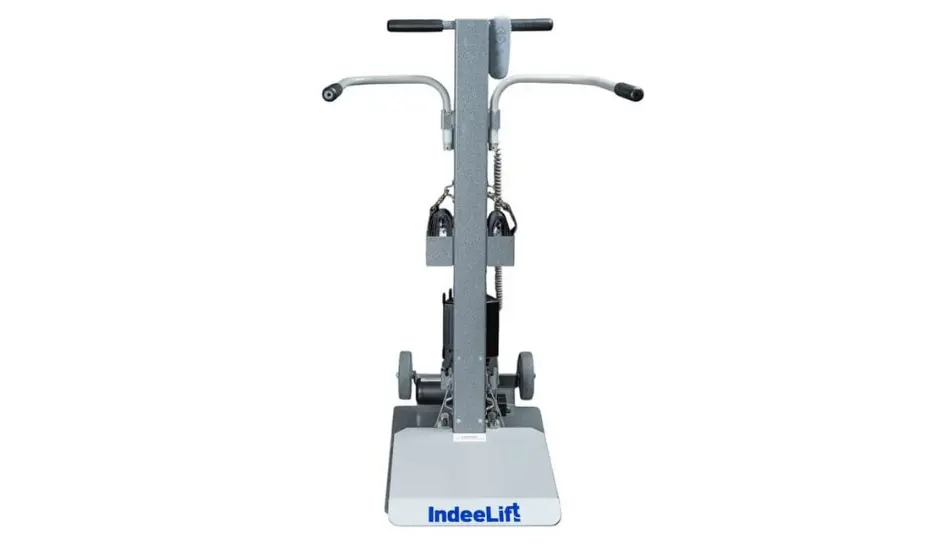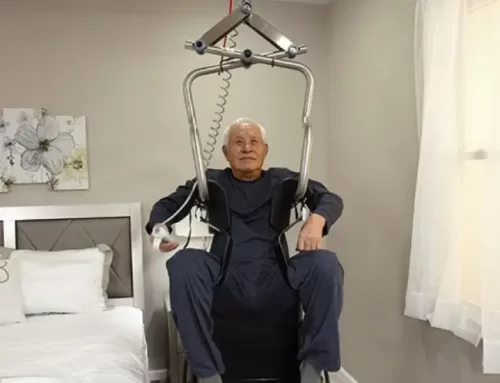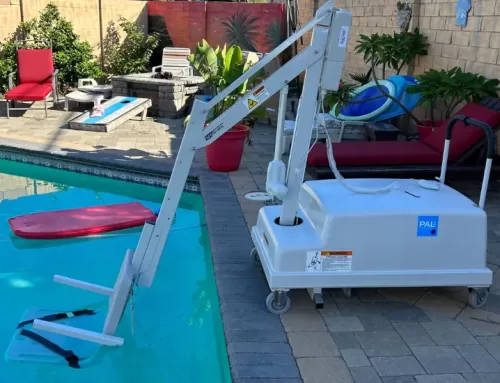It is natural to want to help a loved one who has fallen, but it can be difficult. Any caregiver must be able to move a loved one from one surface to another. At the same time, he or she needs to be careful not to injure himself or herself or the person being lifted during the process. So how to properly lift a patient while maintaining the safety of both parties?
To lift safely, avoid lifting someone directly from the floor and ensure a proper setup. Clear communication and utilizing proper body mechanics are a must as well. Besides, you shouldn’t rush the process. If the situation calls for it, then seek help if needed. Finally, ensure the stability of your loved one for safety.
This article will provide essential tips to ensure safe lifting practices. Read it till the end to help your loved one without causing any issues.
When and Where You Can Hurt Yourself Lifting a Loved One
One common cause of injuries among caregivers is moving patients. Even professionally trained nurses are still prone to injury. The most common reasons for home caregivers to miss work are sprains, strains, and muscle and bone injuries. These injuries typically occur when lifting or moving another person. Besides, injuries are most likely to occur when you repeat the same motion.
As a family caregiver, you may be assisting your loved one dozens of times per day, all year. Hence, you also face a high risk of injury.
Whether professional or family, caregivers frequently hurt their
- Back
- Shoulders
- Neck
These injuries frequently happen when:
- Helping someone who was lying down to sit
- Helping someone get out of bed
- Bending down over someone for a long time
That’s why it’s very important to be careful when doing these tasks.

How to Properly Lift a Patient: Tips to Remember
Making mistakes is a natural part of the learning process, and nobody is perfect. The same goes for people trying to lift someone. However, these mistakes can sometimes lead to serious injuries. Hence, pay close attention to the following tips to minimize errors:
-
Stop Lifting from the Floor
Do not lift someone from the floor. It can hurt your spine. Most transfer lift systems already have tools on the trucks to adjust the lift height. Use them to adjust the lift height from the floor to nearly knee height. That is a point where we are much stronger and have a better spine angle.
-
Be Aware of Your Setup
Place your loved one as close to the transfer surface as possible, allowing enough room and a clear path for movement. Make sure the person being transported is wearing appropriate footwear to avoid slipping on a slippery surface.
Check for adequate lighting. Always raise your arms when carrying a loved one’s trunk, pants, or belt. Never lift someone using their arms or from under their armpits.
-
Communicate
Failure to address the fear of falling, clarify expectations, or provide clear directions may lead to misunderstanding and resistance during the transfer. To avoid this, use short, one-line suggestions for each transition (bed to walker, walker to toilet, etc.). Also, wait a few seconds to process the information.
Give clear instructions before and during the transfer. Before training a loved one with dementia, assess their condition and demonstrate the desired action. For coordination, agree on timing, such as counting to three and standing on three.
-
Use Proper Body Mechanics
Incorrect mechanics, such as twisting with your legs rather than your back, pivoting, or taking small steps, can cause caregiver injuries. Remember the fundamentals:
- Properly set up the transfer
- Stay close to the person you are lifting
- Keep your elbows tucked in at your sides
-
Stop Rushing
Moving quickly or skipping steps to save time can hurt you or cause you to fall. Make sure to move the transfer area if you need to, and speak slowly. To avoid getting hurt, move slowly and carefully when transferring.
-
Ask for Assistance
If a family member can help you, tell them to push off the surface as they stand. It will make you feel lighter and give the person being carried some control, which will make transfers less stressful for them. For this exercise, it also helps them keep their upper body strong and in shape.
-
Stabilize Your Loved One
As soon as your loved one stands up, tell them to take a few steps back until they can feel the edge of the floor. Next, have them reach back with one hand and rest their other hand on the armrest of the couch, bed, toilet chair, etc. It adds an extra layer of safety before sitting down.
Conclusion
Lifting someone who can’t lift themselves is not a piece of cake. You need to be aware of various aspects to make the process safe for yourself and the person you are lifting. Otherwise, it can lead to back, shoulder, or neck injuries.
The first thing to ensure is whether the setup and body mechanics of both parties are on the same page or not. Then comes expressing the situation clearly and verbally. Taking things easy and slowly is mandatory, too.
Using patient lifts is always a great way to ensure safety while lifting. However, finding the right provider can be a tough task. Call Before You Fall can be your prime choice here. We provide top-quality freestanding and fixed lifts, as well as VPLs. Contact us today to get your desired lift.




